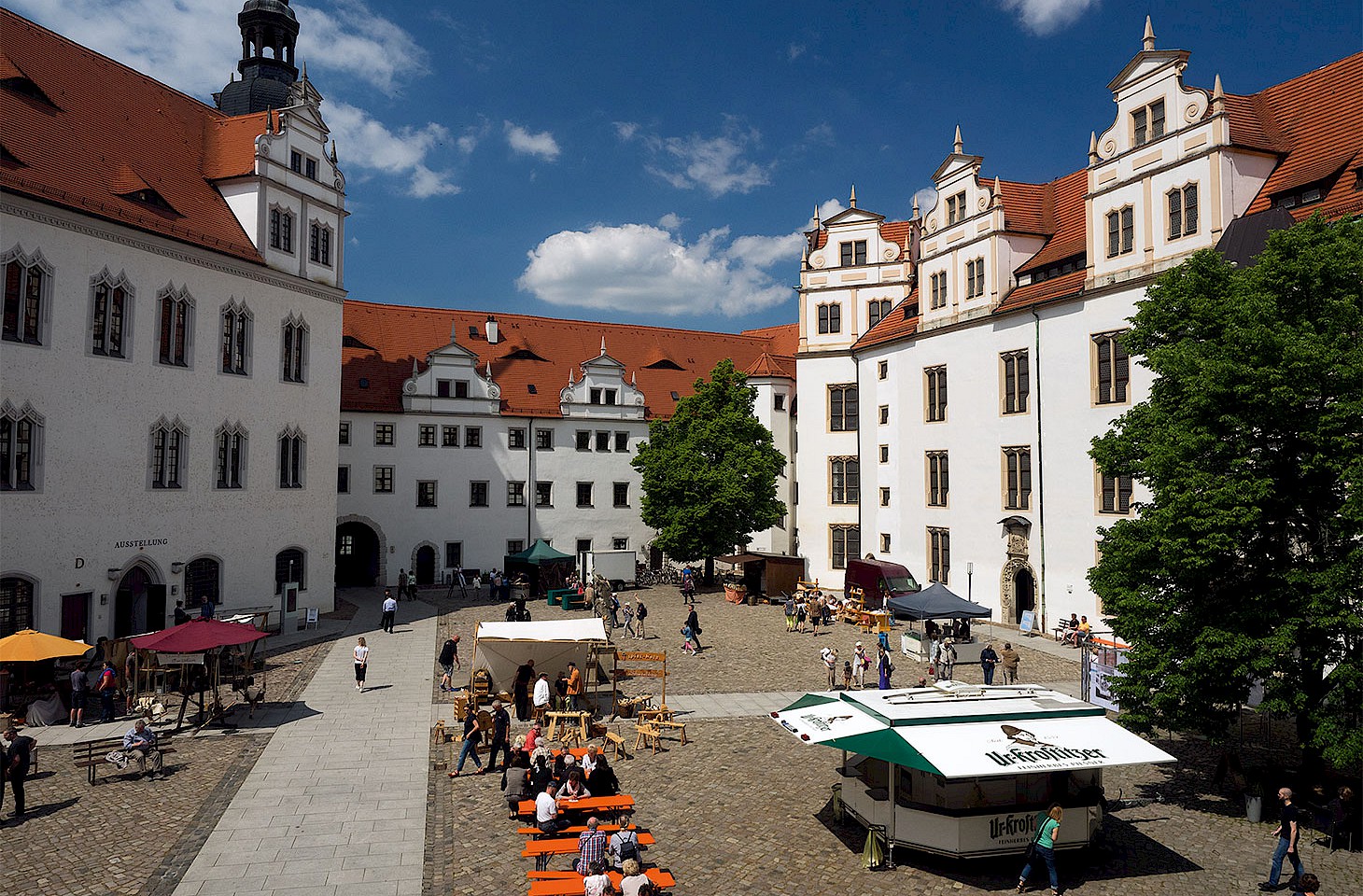Lord Curzon of Kedleston (1859–1925), the one-time Viceroy of India, was a great fan of ‘well ordered’ borders. Perhaps his experience in India, where he was responsible for defending a complicated land frontier which often defied geographical logic, sharpened Curzon’s enthusiasm for what he dubbed ‘good borders’ — those where a nation-state had a measure of internal conformity.
Curzon gave his name to the frontier that after the Paris Peace Conference in 1919 became the dividing line between Poland and the Soviet Union. The Curzon Line stretched from the Baltic to the Carpathians. Still today it marks in broad terms the eastern border of Poland, although eastern Galicia with the Polish city of Lwow — territory assigned to Poland in the 1919 version of the line — was ceded to the Soviet Union after the Second World War. Lwow become Ukrainian L’viv, and the Polish population moved west, many to the Wroclaw region, and some as far as the Odra villages mentioned in this article.
But the Curzon Line never quite matched up to Curzon’s own idea of a ‘good’ border.



